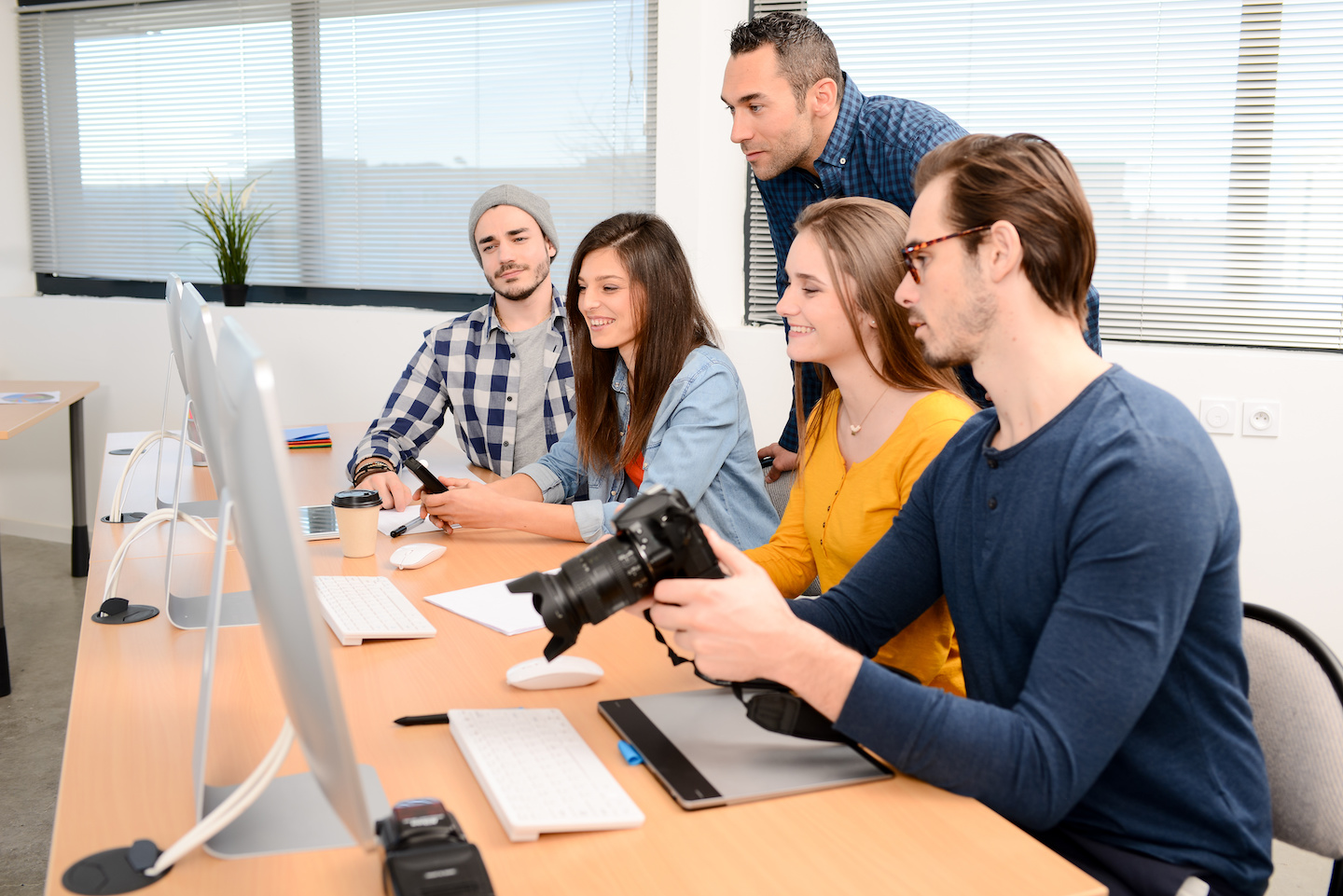Why Metadata only matters for a single image
/Hello friends
I was at an online class today with the master Joe McNally. A couple of nice people in the chat were really concerned that Joe was using TTL flash and that he was not sharing the exposure information for each image.
I’ve addressed the TTL vs Manual flash question a lot, so pick what you prefer and move on. I will do what suits me and so will you. If you do not understand why the question exists, check the prior article on this site.
On to metadata.
What is metadata. If the image is the primary data, and it is, metadata is information about the data. While metadata data structures can be enormous, most editors throw most of it away like parsley at Fred and Barney’s Brontoburger shack. If that reference means nothing to you, I feel bad for you. One set of metadata that generates a lot more noise than it ever should is exposure metadata. This is the information about the exposure settings in a specific image including shutter speed, aperture, ISO, exposure compensation, the presence of flash, flash exposure compensation yada yada yada.
It can be useful in analyzing that image, but lots of folks seem to think that if they know the metadata for one image, and they use it for another image, that other image will look like the first.
We call these people either delusional or victims of being lied to. Most often it’s the latter.
Those settings worked or didn’t work for the image being questioned. They will have no more meaning to a different image than the size of the seeds in the mustard jar in your cupboard. Copying settings from one image to another is a fool’s game, unless the second image is taken at the same time, in the same place, with the same subject, the same light. Otherwise it’s just toro poopoo.
You can certainly look at one of your images and examine its metadata as a guide to what you might do in a similar situation vis a vis how much depth of field you will want, or how much freezing of motion you want. You might also use it to determine what are acceptable ISO levels for you and your camera. That’s useful learning. However putting those same settings into your camera for a different situation is pointless and probably will not generate anything near what you want.
Take the opportunity to learn from your images and use that information for experimentation in future images. Perhaps this will give you some guidance into what kind of shutter speeds you need to freeze a running dog at 20 feet away. Or maybe it will give you some guidance on choosing an aperture to give you the depth of field you want when photographing your child toddling towards you. To use it otherwise is wasting your time and propagating a foolish myth.
Do you have an idea for an article, tutorial, video or podcast? Do you have an imaging question unrelated to this article? Send me an email directly at ross@thephotovideoguy.ca or post in the comments. When you email your questions on any imaging topic, I will try to respond within a day.
If you shop with B&H Photo Video, please consider doing so through the link on thephotovideoguy.ca as this helps support my efforts and has no negative impact whatsoever on your shopping experience.
If you find the podcast, videos or articles of value, consider clicking the Donation tab in the sidebar of the website and buy me a coffee. Your donation goes to help me keep things going.
I'm Ross Chevalier, thanks for reading, watching and listening and until next time, peace.




























